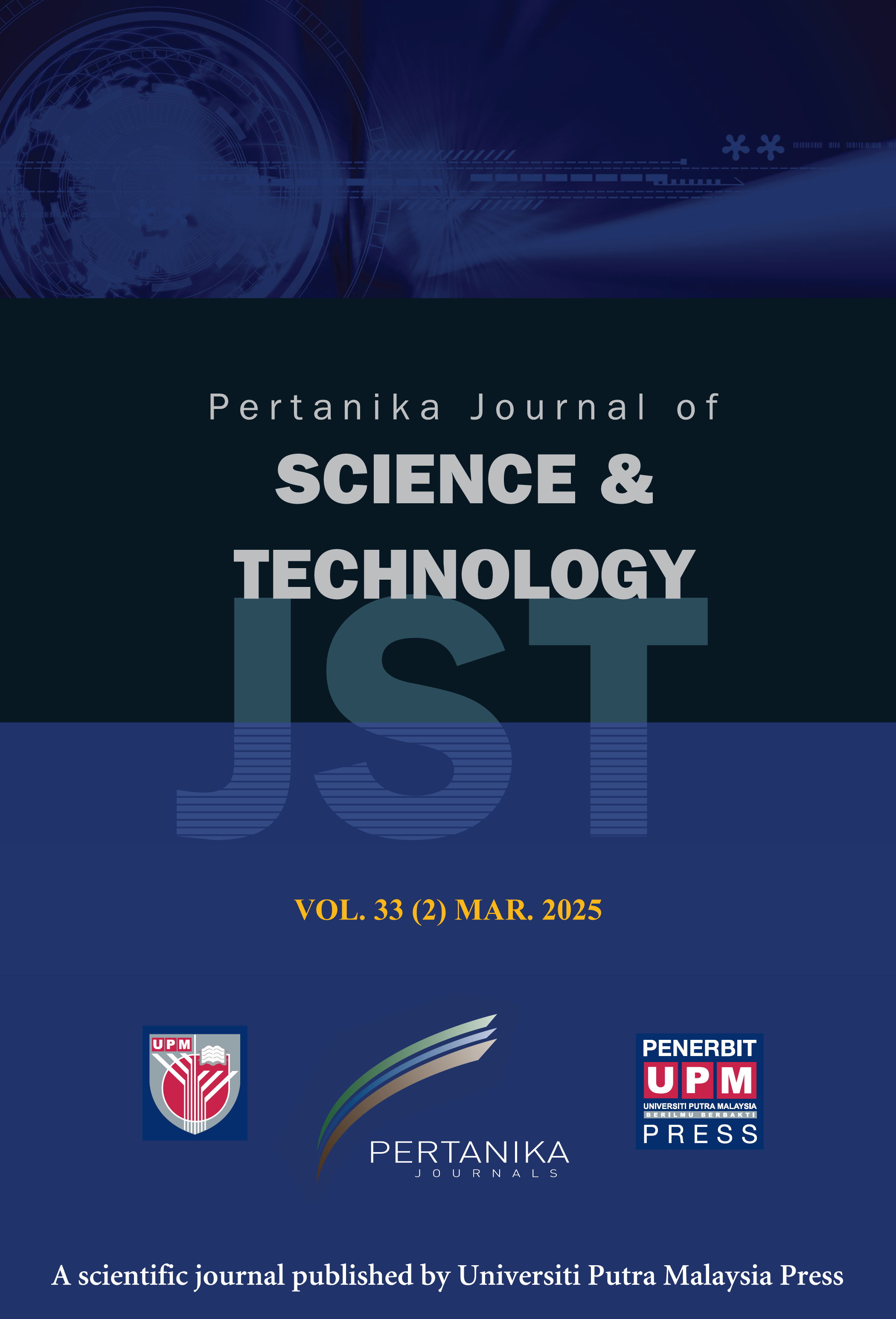PERTANIKA JOURNAL OF SCIENCE AND TECHNOLOGY
e-ISSN 2231-8526
ISSN 0128-7680
Using Deep Transfer Learning for Automated Identification of Susceptibility Vessel Signs in Patients with Acute Ischemic Stroke
Nur Lyana Shahfiqa Albashah, Ibrahima Faye, Fityanul Akhyar and Ahmad Sobri Muda
Pertanika Journal of Science & Technology, Pre-Press
DOI: https://doi.org/10.47836/pjst.33.5.04
Keywords: Brain stroke, DenseNet model, susceptibility vessel sign (SVS), SWI-MRI, transfer learning
Published: 2025-08-11
Ischemic stroke, commonly caused by a blood clot obstructing the blood flow within brain vessels, requires accurate identification of the clot to determine appropriate treatment. Susceptibility-weighted imaging (SWI) is an imaging modality that effectively captures clots within the brain. The susceptibility vessel sign (SVS) visible on SWI images is crucial for influencing treatment outcomes. Traditionally, radiologists manually analyse the SVS, which is both challenging and time-consuming. This research aims to build an interactive deep learning (DL)-assisted method for identifying the SVS on the SWI in patients with acute ischemic stroke. Sixty-six images with SVS positive were used, and 66 images with SVS negative were used, with regions of interest extracted to create the training, validation, and test datasets. To increase the number of training samples, data augmentation was used. A deep convolutional neural network DenseNet121 was utilised to identify input images as either SVS positive or SVS negative. In terms of diagnostic performance using 5-fold cross validation, the DenseNet121 model achieved 96.92% sensitivity, 92.31% specificity, and 94.64% accuracy on the test dataset. These findings indicate that the DL methods might be advantageous for detecting the SVS on the SWI in patients with acute ischemic stroke.
ISSN 0128-7702
e-ISSN 2231-8534
Share this article

